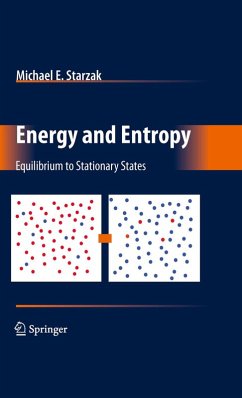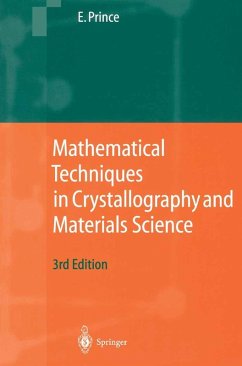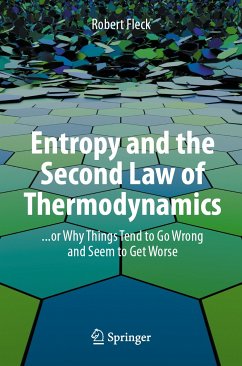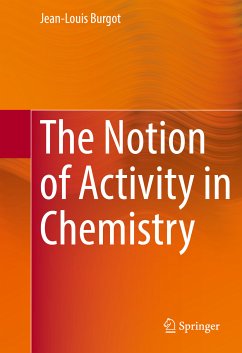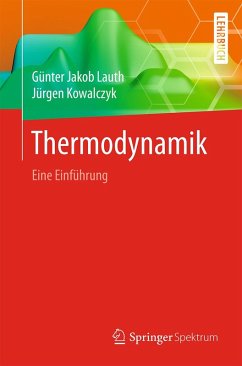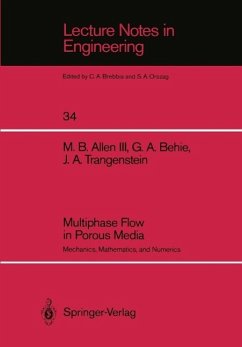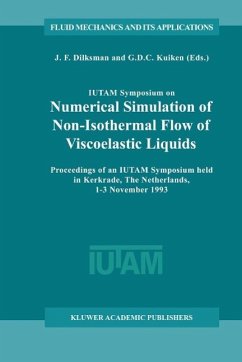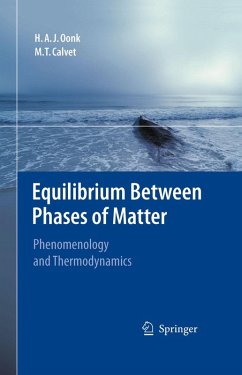
The Law of Mass Action (eBook, PDF)
Versandkostenfrei!
Sofort per Download lieferbar
40,95 €
inkl. MwSt.
Weitere Ausgaben:

PAYBACK Punkte
20 °P sammeln!
'Why are atoms so small?' asks 'naive physicist' in Erwin Schrodinger's book 'What is Life? The Physical Aspect of the Living Cell'. 'The question is wrong' answers the author, 'the actual problem is why we are built of such an enormous number of these particles'. The idea that everything is built of atoms is quite an old one. It seems that l Democritus himself borrowed it from some obscure Phoenician source . The arguments for the existence of small indivisible units of matter were quite simple. 2 According to Lucretius observable matter would disappear by 'wear and tear' (the world exists fo...
'Why are atoms so small?' asks 'naive physicist' in Erwin Schrodinger's book 'What is Life? The Physical Aspect of the Living Cell'. 'The question is wrong' answers the author, 'the actual problem is why we are built of such an enormous number of these particles'. The idea that everything is built of atoms is quite an old one. It seems that l Democritus himself borrowed it from some obscure Phoenician source . The arguments for the existence of small indivisible units of matter were quite simple. 2 According to Lucretius observable matter would disappear by 'wear and tear' (the world exists for a sufficiently long, if not infinitely long time) unless there are some units which cannot be further split into parts. th However, in the middle of the 19 century any reference to the atomic structure of matter was considered among European physicists as a sign of extremely bad taste and provinciality. The hypothesis of the ancient Greeks (for Lucretius had translated Epicurean philosophy into Latin hexameters) was at that time seen as bringing nothing positive to exact science. The properties of gaseous, liquid and solid bodies, as well as the behaviour of heat and energy, were successfully described by the rapidly developing science of thermodynamics.
Dieser Download kann aus rechtlichen Gründen nur mit Rechnungsadresse in A, B, BG, CY, CZ, D, DK, EW, E, FIN, F, GR, HR, H, IRL, I, LT, L, LR, M, NL, PL, P, R, S, SLO, SK ausgeliefert werden.



